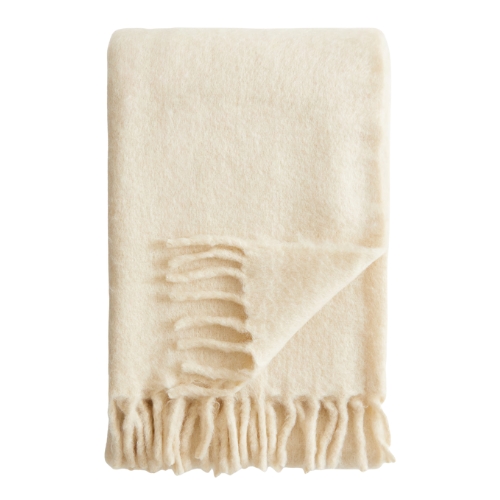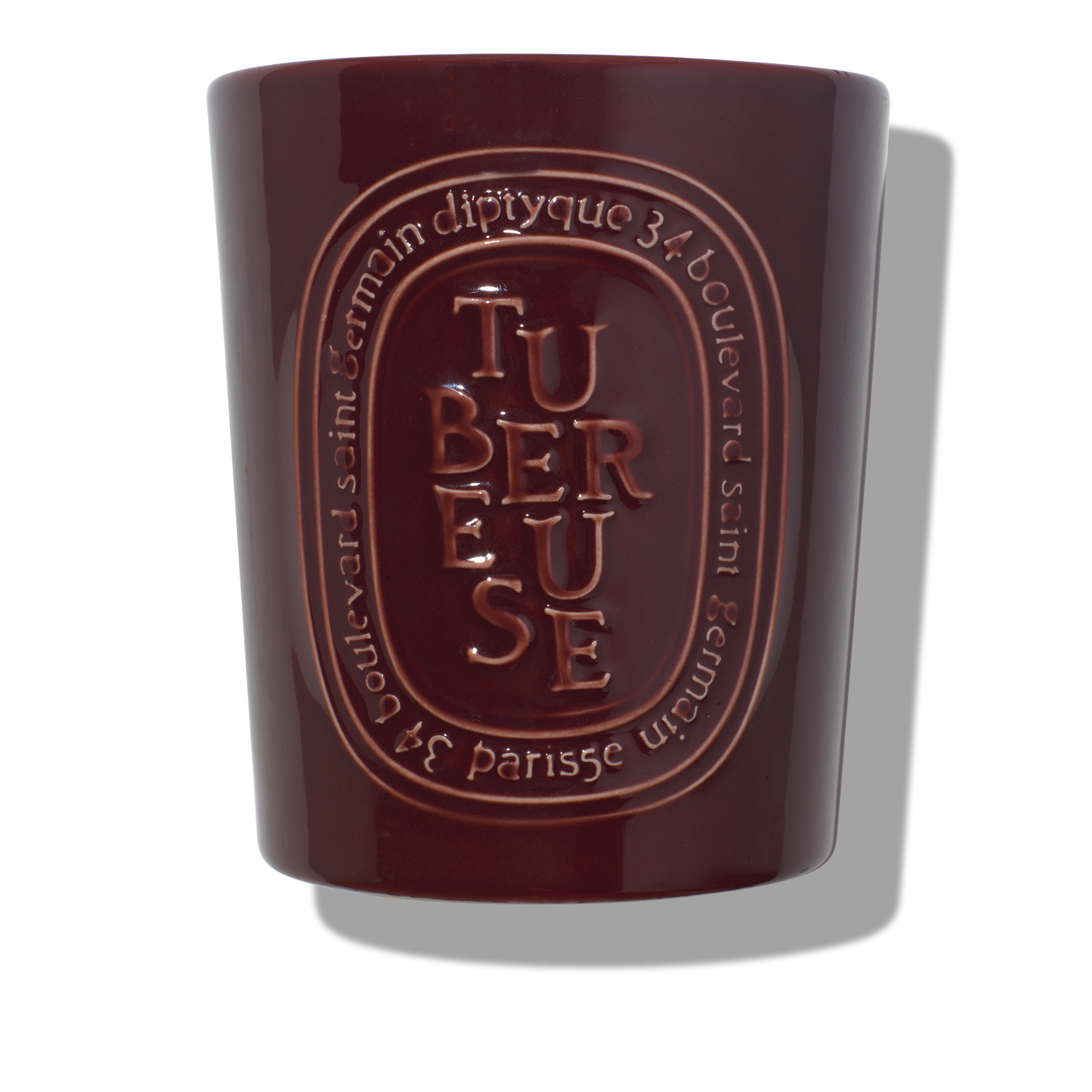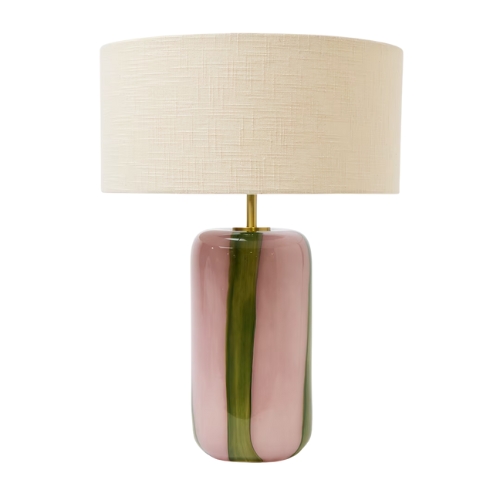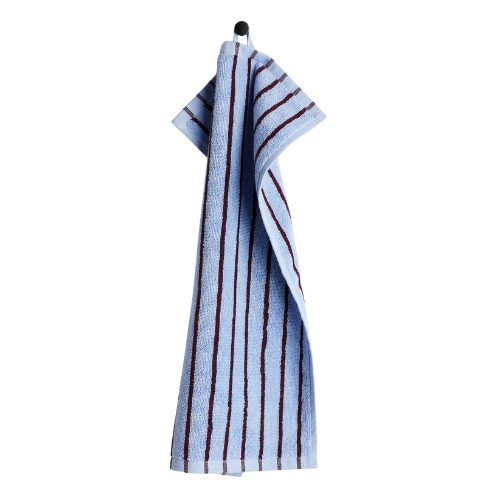Afraid of Color, but Want to Incorporate More of It in Your Home? Here's How to Get Over Your 'Chromophobia'
A color and design psychology expert shares how she went from gasping at the thought of wearing pink to drenching her wall in it

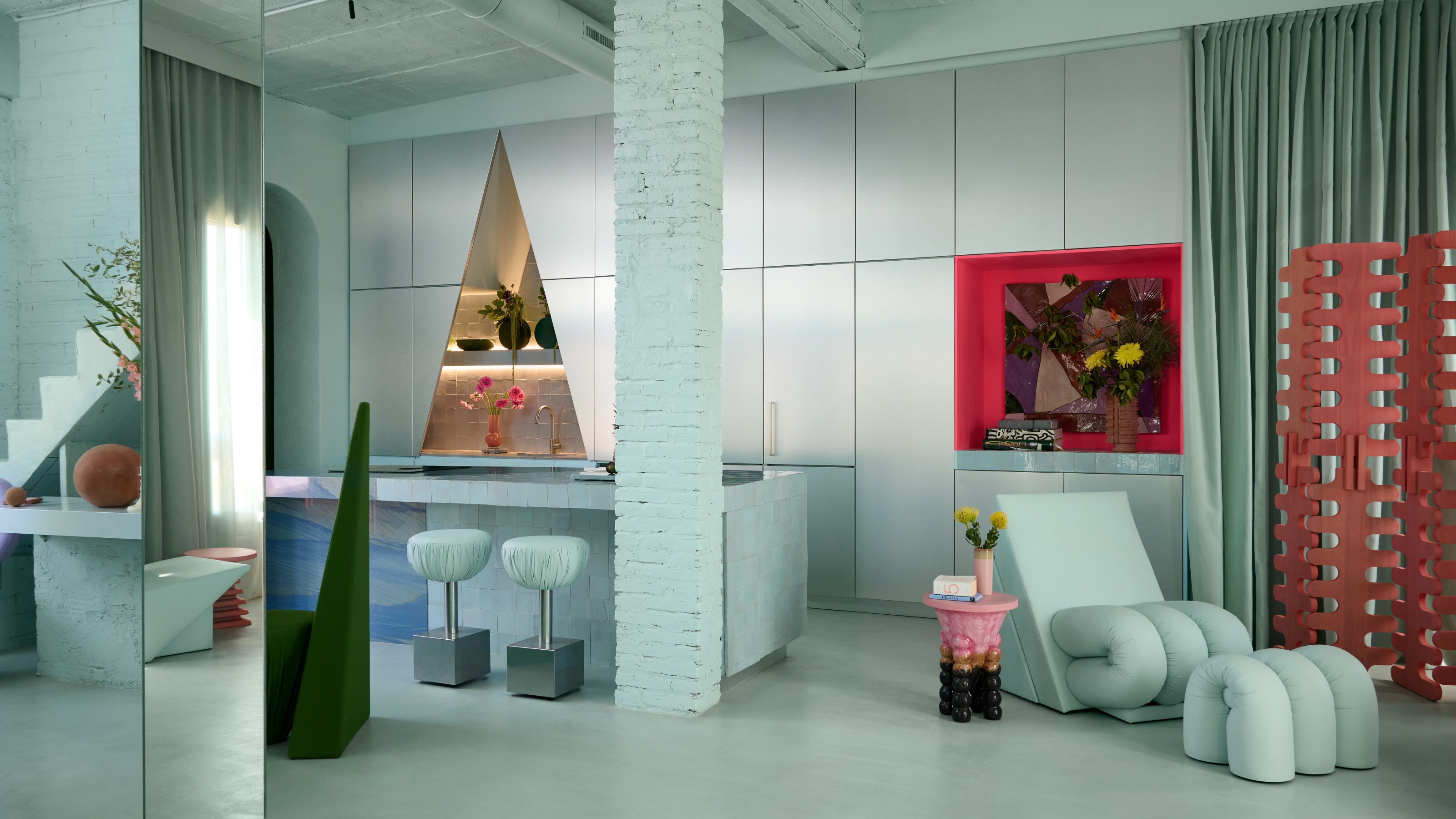
The truth is, adding color to your interiors is not always easy — even if you desperately want to. Sometimes it's about not knowing the best combinations to use, but other times, it involves something deeper, like working through a natural aversion to it. If your Pinterest board is bursting with vibrant colors, while your home dons a safe all-beige palette, you may be experiencing chromophobia.
Because color psychology explains how it can influence the way we feel and behave in a space, we often think we need to embrace all things bold, bright, and vibrant to be happy at home, but not everyone wants to live such a high-octane life (at least, not all the time). This is where behavioral color and design psychology expert Karen Haller believes most cases of chromophobia stem from.
But the world of color is not so black and white; it just takes a little help to get started. The good news is, if you are struggling to decorate with color, there are a few easy ways to streamline the process. Below, Karen shares what causes interior chromophobia and how to break free from your biggest color fears.
So, What Is Chromophobia?
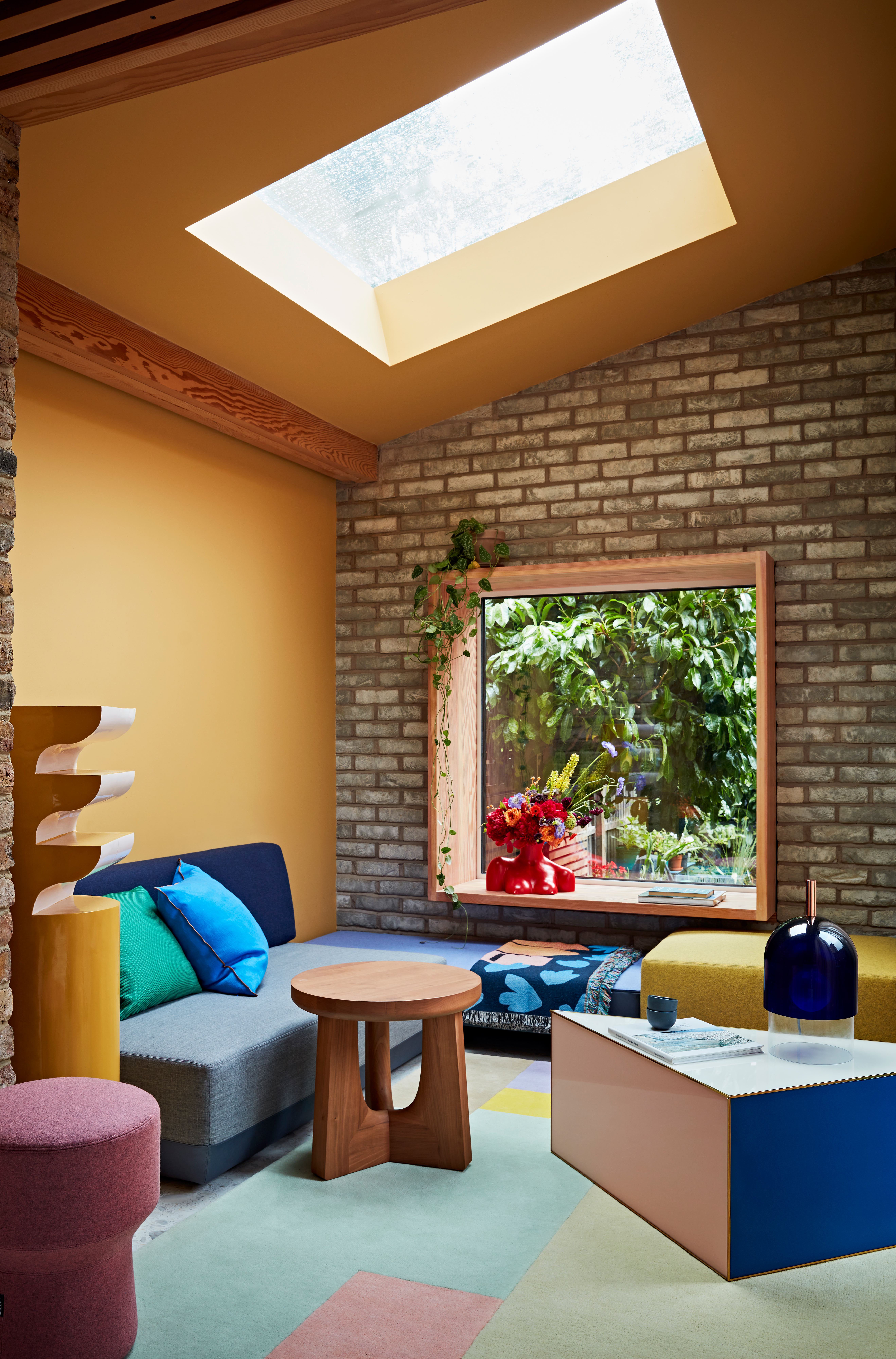
By definition, chromophobia is a fear or strong dislike of color. 'Phobia' may make it sound a little extreme (people don't tend to panic in the same way they would over a spider or heights, for example), but as Karen Haller explains, "It is more often a feeling of unease or resistance that influences the colors people choose to have around them, whether in their homes, clothing, or personal belongings."
For some, the discomfort is with a specific hue, tint, tone, or shade of a color. "I remember a time when I disliked all yellows until I linked it back to a childhood experience," explains Karen. "Once I understood the connection, I was able to release the association, and now I love yellow."
In fact, the biggest causes behind chromophobia often trace back to personal experiences or cultural messages absorbed over time. "Then there are the inherent psychological effects of that specific color that can influence our feelings and behaviors," adds Karen.

Karen Haller is a leading international authority when it comes to behavioural color and design psychology. Specializing in human-centered design, Karen works with businesses, design professionals, and individual clients to help them understand our relationships with color and how it influences the way we interact with a space. She has authored a book on the topic, called The Little Book of Colour, which explains how to use color for your home and your everyday life to improve your happiness, wellbeing, and confidence.
How Can Chromophobia Influence Interior Design?
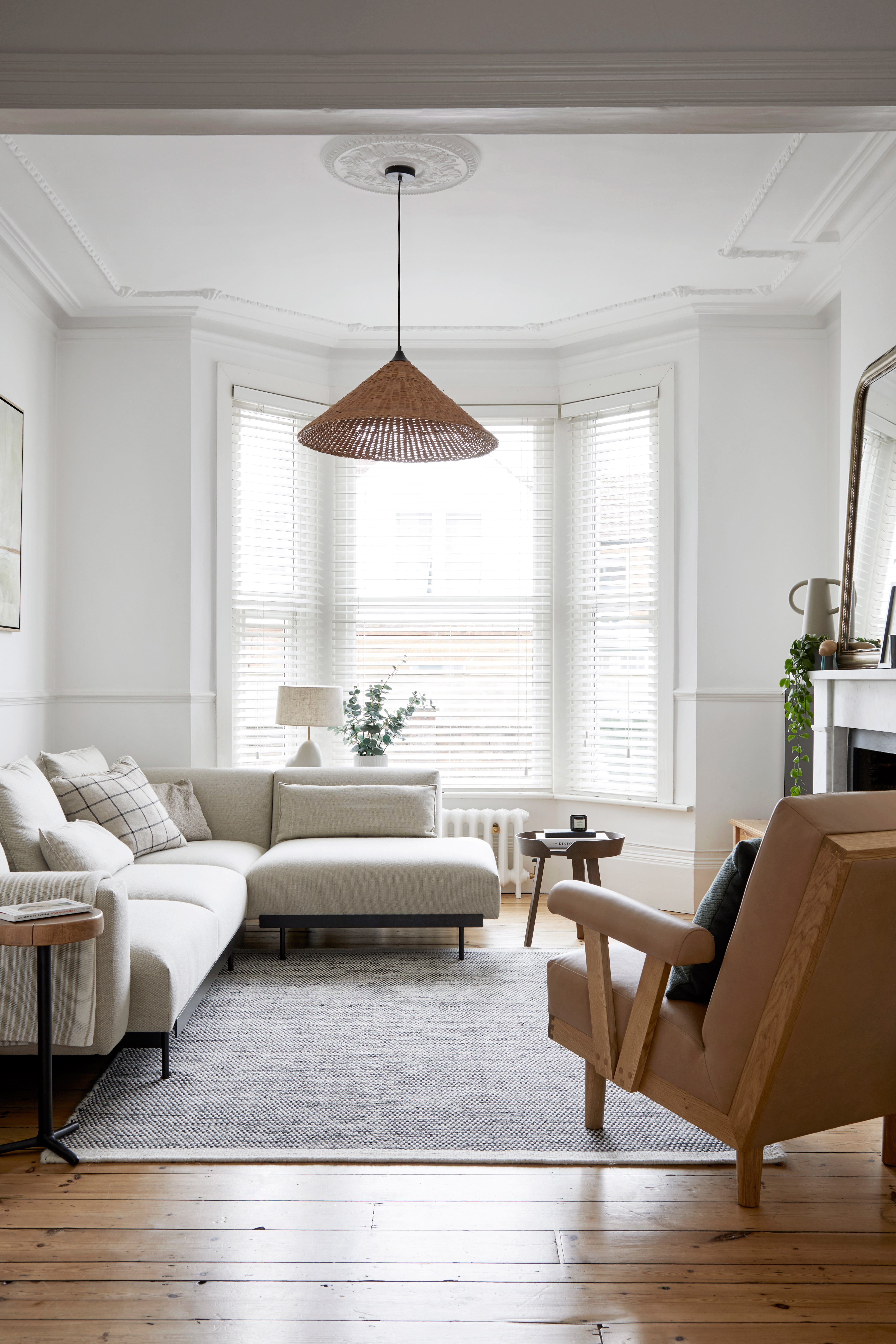
For someone with chromophobia, the idea of certain colors in their home feels overwhelming or even unsafe. "This often leads to choosing what they see as 'safe' colors, typically whites, grays, or muted tones, known as neutrals, and avoiding brighter or more intense colors," explains Karen.
The Livingetc newsletters are your inside source for what’s shaping interiors now - and what’s next. Discover trend forecasts, smart style ideas, and curated shopping inspiration that brings design to life. Subscribe today and stay ahead of the curve.
Neutral color schemes are not inherently a problem, but when the choice stems from fear rather than authentic self-expression, "it can mean missing out on the emotional and psychological benefits that a fuller range of colors can bring to a space," she adds.

Ready to unlock all the colors of the rainbow? The first step to getting over your chromophobia and saying 'yes' to color is to understand what is behind the discomfort.
"It might come from a past experience, a cultural message you have absorbed, or, in color psychology, from the inherent psychological effect of that specific color," says Karen. Sometimes it is simply a case of never having learned how to use color in a way that feels authentically you.
From there, begin by looking inward. Think about the colors you are instinctively drawn to and how they make you feel, without judgment or the influence of contemporary color trends.
Notice the emotions, memories, or shifts in energy they spark. Does the unexpected red theory excite you? Or does a soft baby blue bring a wave of rejuvenating calmness?
"Introduce one or two of these colors into a space where you spend time every day and observe how your feelings and behaviors respond over time," suggests Karen. "This way, you are not just adding color, you are deepening your personal relationship with it."
It's best to start with a color you feel inherently drawn to, although sometimes it can be a good idea to throw yourself into the deep end with an outdated paint color or one you typically turn away from.
"I remember not liking pink," shares Karen. "To get used to it, I started wearing it to bed so I wouldn’t have to look at it while I was awake. The first morning I woke up, I gasped in shock as I had forgotten I was wearing it. I then began wearing it around the house until I felt comfortable enough to wear it outside. Eventually, I felt ready to bring it into my home decor, so much so that my landlord has given me permission to paint my bedroom walls pink and apricot."
And remember, incorporating color isn't just about paint. Sometimes, smaller pops of color through your decor choice work best.
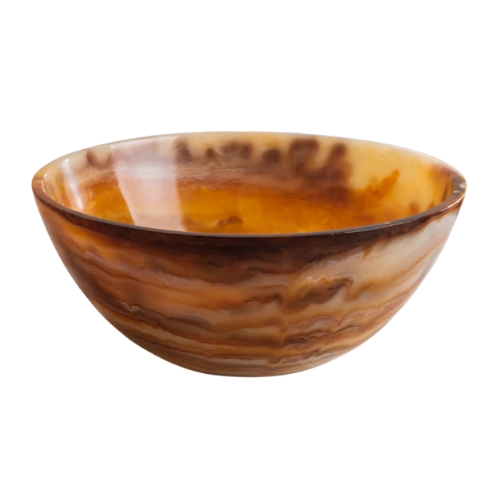
Orange is a notoriously tricky color to style. Creatively incorporating it in subtle ways, like through a marble or tortoiseshell decor piece, could help ease you into it.
If you prefer a softer, gentler color palette, there is nothing wrong with that. However, avoiding certain colors out of discomfort or fear means "missing out on the chance to create a home that reflects your true personality and fully supports your emotional well-being," says Karen.
Soon enough, you'll be consulting the color wheel for all of your design choices.

Olivia Wolfe is a Design Writer at Livingetc. She recently graduated from University of the Arts London, London College of Communication with a Masters Degree in Arts and Lifestyle Journalism. In her previous experience, she has worked with multiple multimedia publications in both London and the United States covering a range of culture-related topics, with an expertise in art and design. At the weekends she can be found working on her oil paintings, reading, or antique shopping at one of London's many vintage markets.
